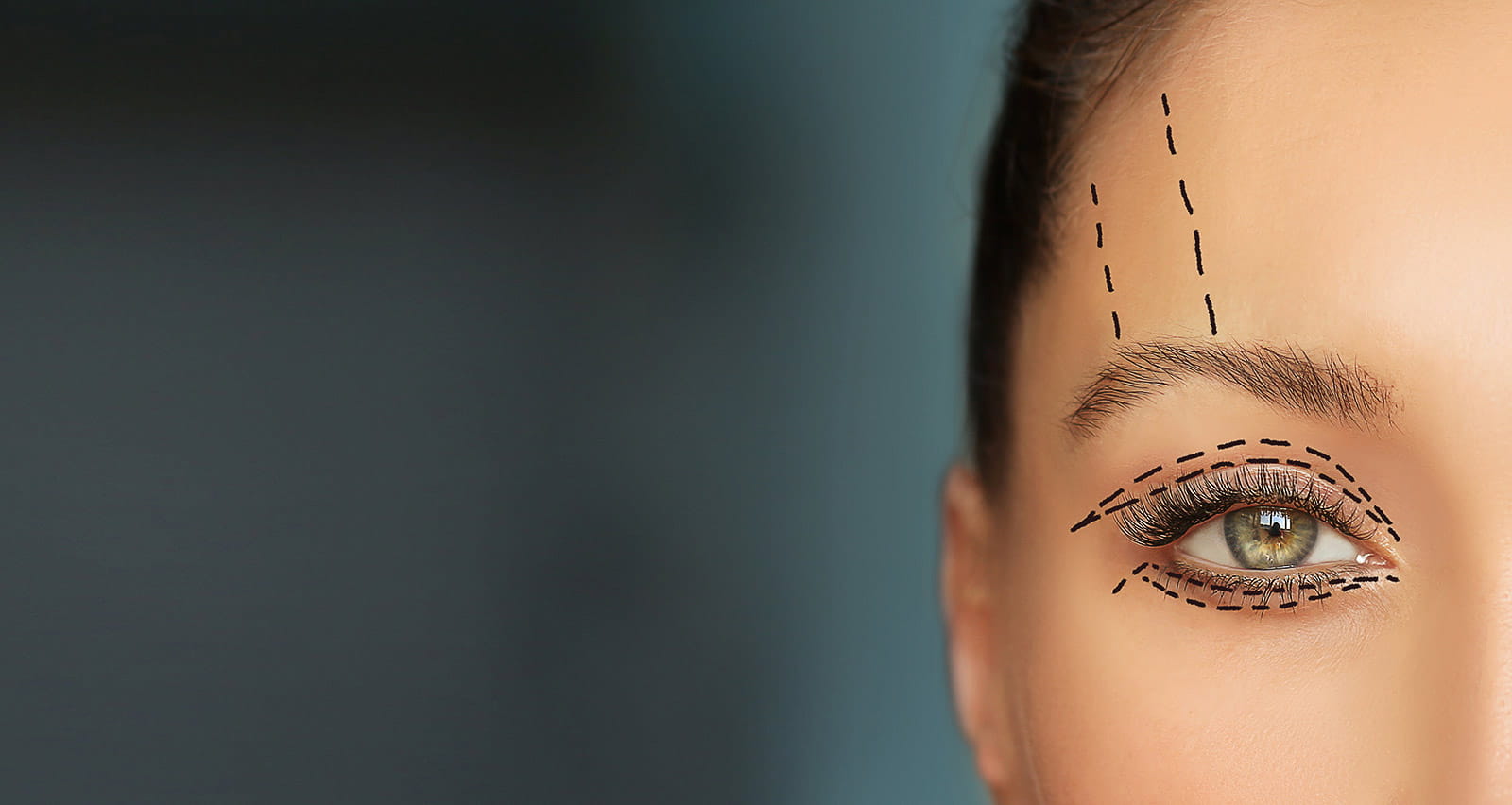
Eyelid Surgery (Blepharoplasty)
One of the first facial areas where people begin to notice signs of aging are the upper and lower eyelids, with symptoms such as heavy or droopy upper lids, eye puffiness and undereye bags that gradually worsen over time. Or, some people inherit these characteristics. Regardless of whether the symptoms are due to aging or genetics, the excess skin and thickening of fatty tissue can give the eyes a tired and aged appearance.
Make an Appointment
To schedule a consultation with a UH facial plastic surgeon, call 440-446-8600.
Find a DoctorRefreshing the Face with Eyelid Surgery
Eyelid or eye lift surgery, also known as blepharoplasty, creates a natural, energetic and more youthful appearance. Excess eyelid fat, redundant skin and muscle may be removed very conservatively or repositioned. If the excess skin of the eyelids is obstructing part of the visual field, the procedure might be covered by insurance. Blepharoplasty may be performed alone or in conjunction with other procedures.
Patient History and Examination
Consultation for eyelid surgery at University Hospitals consists of an extensive evaluation and discussion of the patient's expectations and concerns. A medical history and evaluation of the patient's eyes and eyelids will be performed. The available surgical options and recommendations from our team of specialists will be reviewed, including the limitations and risks of the surgery. Photographs will be taken and reviewed for surgical planning.
Ideal Candidates for Blepharoplasty
Healthy women and men in their mid-30s or older who have realistic expectations are the best candidates for eyelid surgery. Younger patients may also seek eyelid surgery if they have a family history of heavy upper or baggy lower eyelids.
Performing Eyelid Surgery
Eyelid surgery is performed under local anesthesia with sedation or general anesthesia and takes 1 to 1.5 hours. Prior to eyelid surgery, all patients are given written pre- and post-operative instructions to follow for the best outcome.
The incision is placed within the natural eyelid crease and usually heals very well. Lower eyelid surgery is more often performed with sedation and typically involves tightening the lower eyelid skin and sculpting or repositioning excess fat pads.
Most patients report discomfort following the procedure that requires nonnarcotic medication for the first day or two. In addition, there is often some swelling and bruising around the eyes that subsides in 7-10 days.
Patients are advised to avoid strenuous activity for the first 2-3 weeks after surgery and refrain from taking aspirin and NSAIDS for three weeks before and a week after surgery.
Possible Complications of Eyelid Surgery
Patients often experience some short-term side effects of the surgery, including eyelid tightness and soreness and temporary vision problems. These symptoms will typically resolve in a few days. More serious long-term complications after the procedure are rare but may include:
- Eye closure problems. Some people may have trouble fully closing their eyes when they sleep; in rare cases this condition may be permanent. This can result in dry eyes.
- Swelling or asymmetry changes. Temporary swelling and a slight imbalance of one eye in relation to the other may occur during the healing or scarring process.
- Ectropion. Rolling or sagging of the lower eyelid away from the eye.
- Hematoma. A collection of blood can put pressure on the eye. If not treated, this can result in permanent vision loss.
- Changes in skin sensation. You may have numbness or pain that continues.
- Scarring. All skin incisions will result in some scarring which can be more prominent in some people. Your doctor may recommend using scar cream or vitamin E once the sutures have been removed.
Make an Appointment
Schedule a consultation with a UH facial plastic surgeon.


